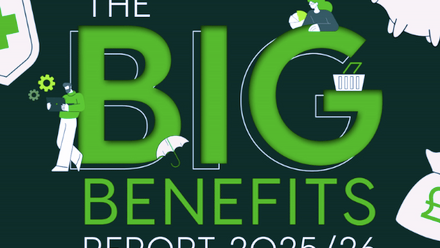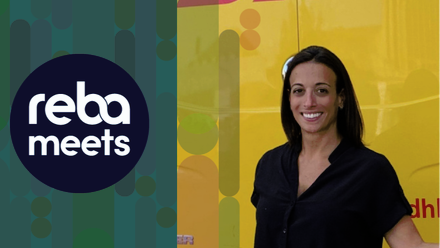Demanding improved DEI-focused benefits globally at Diageo
Over the next couple of years, I anticipate that our focus will be on agreeing a benefit strategy and working out what’s going to be different about us compared with everybody else. That would fit very much with our diversity and inclusion strategy and in making sure that our benefits are pushing the boundaries of what is possible with suppliers in the market, to make sure that we are first implementers of diverse practices within our benefits.
Around 12-18 months ago we introduced our ‘Standards of Care’, which is essentially a minimum standard of benefits that we would expect to see around the world in Diageo. This is regardless of what country you are based in, even if the ‘standard’ propositions on offer around the world might be very different.
Within that we have around 30 criteria, which are focused on diversity and inclusion. These are very tangible tests that we could put on our benefit provision to push the boundaries of what is possible. For example, that could include making sure that the definition of ‘partner’ in private medical insurance really is wholly inclusive.
That’s not possible in some markets, but nevertheless even where it’s not currently possible, we have aspirations and we are pushing the suppliers, and in some cases working with governments, to lobby for change, because some of this is legislatively restrictive.
There are things that we may not be able to change immediately, but we know what we’re pushing for each year when it comes to matters such as insurance and wellbeing renewals.
One other important part of our approach is listening to staff, using our employee representative groups to help us understand what is important to them, so that we can continue to update our standards of care and to push the boundaries. We have uncovered some things in conversations that are really important – for example we’ve found that some of our PMI provision excluded AIDS and HIV treatments.
It’s not always possible to cover something in all of the territories where we work, but we can at least highlight that there are topics that we’re not covering that are needed to support our employees. We can make gestures towards it, such as partially funding cover or funding it with limits.
I really want us to increase how much we listen to our employee groups to help challenge whether what we offer is really fit for our staff. We have a diverse workforce, but we’re not perfect, so there’s still more work for us to do.
This case study is taken from the REBA Employee Wellbeing Research 2022.







